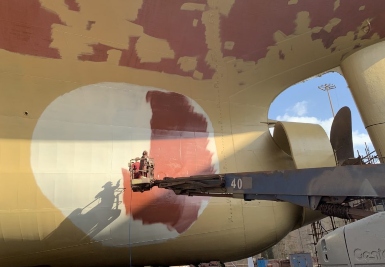
According to a new report by Clean Cargo, carbon dioxide emissions from 17 of the world’s leading ocean container carriers, representing approximately 85 percent of global containerized shipping, continued to fall in 2019. Global industry averages for CO2 emissions per container per kilometer decreased by 5.6 percent and 2.5 percent for Dry and Reefer (refrigerated) indexes, respectively. The annual report indicates that container shipping continues to improve its fleet-wide environmental efficiency whilst ensuring the smooth functioning of global trade.
Continue reading “Clean Cargo report shows reduction in CO2 emissions for container shipping”










